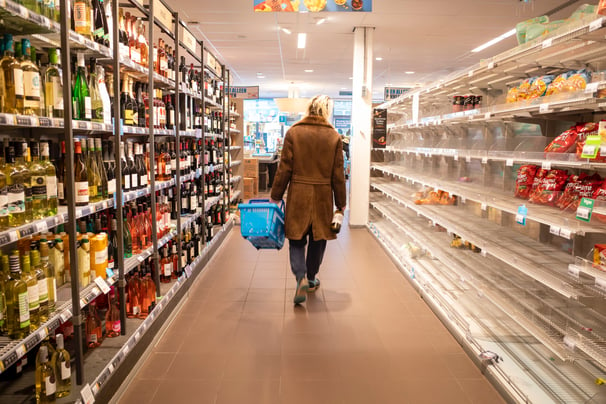Chances are, you probably know how much your team spent on product promotions last quarter. But do you know how much of that investment actually generated a return, and how much of it went to waste?
The truth is that while many brands spend big on promotions, they often don’t have a proper way to calculate the success rate of that spend. It seems simple enough to compare your trade spend to any rises or falls in sales over the same period, but without proper execution and monitoring of promotions as they happen, you may be missing out on what is or isn’t actually working on a daily basis. The result: your brand could be losing thousands of dollars on your investment.
Below, we outline some statistics that show just how much money you could be losing due to poor promotion execution. Fair warning: the truth may shock you.
- CPG brands spend $500 billion on trade promotions every year. On average, manufacturers spend between 11-27% of their revenue on trade promotions, on everything from temporary price reductions and premium displays to competitive exclusivity and premium shelf positions. With such a large investment going toward these retail campaigns, you have a massive responsibility for making sure they’re executed according to plan.
- Nearly 55% of promotions fail to have any impact on sales. Think about it: the whole point of running a promotion is to move that sales needle. But so many things can stop that from happening -- promotion materials may not arrive on time to a specific store, or retailers could fail to set up your displays or fill them with the right product. These and other factors result in an immediate loss of potential sales. As seemingly small mishaps accumulate throughout the duration of a promotion affecting your sales, you’ll be left at the end to explain why there is a massive gap between where your numbers are and where you projected them to be.
- Up to 75% of brands are left in the red at the end of their promotional campaigns. Statistically speaking, chances are you’re part of the 75% of brands who lose money on trade promotions. That means up to a quarter of your category is doing the opposite — gaining ground with their promotions and gobbling up your lost sales. In fact, 50% of consumers are likely to switch to a competitor’s product when they’re preferred brand doesn’t anticipate their needs. So, whenever you experience anything such as an unexpected out-of-stock, subpar setup of promotional materials, or inaccurate price labeling, you’re giving your competitors the chance to win sales that otherwise would have gone to you if your promotion was executed according to plan.
One of the reasons promotions are so hard to get right is that most brands simply have no idea how they’re being executed at the store level. On average it takes brands as long as 12 weeks to review promotion execution data, which means brands have to wait until after promotion events are over to diagnose what went wrong. By that time, it’s too late to make corrections.
However, high performing brands are beginning to build the data collection and reporting programs they need to optimize promotions at the store level in real-time. For brands like Kraft Heinz, in-flight promotion optimization helped double promotion compliance and boost sales performance by as much as 25%. To learn more about achieving in-flight promotion optimization for your brand, check out our eBook here.




